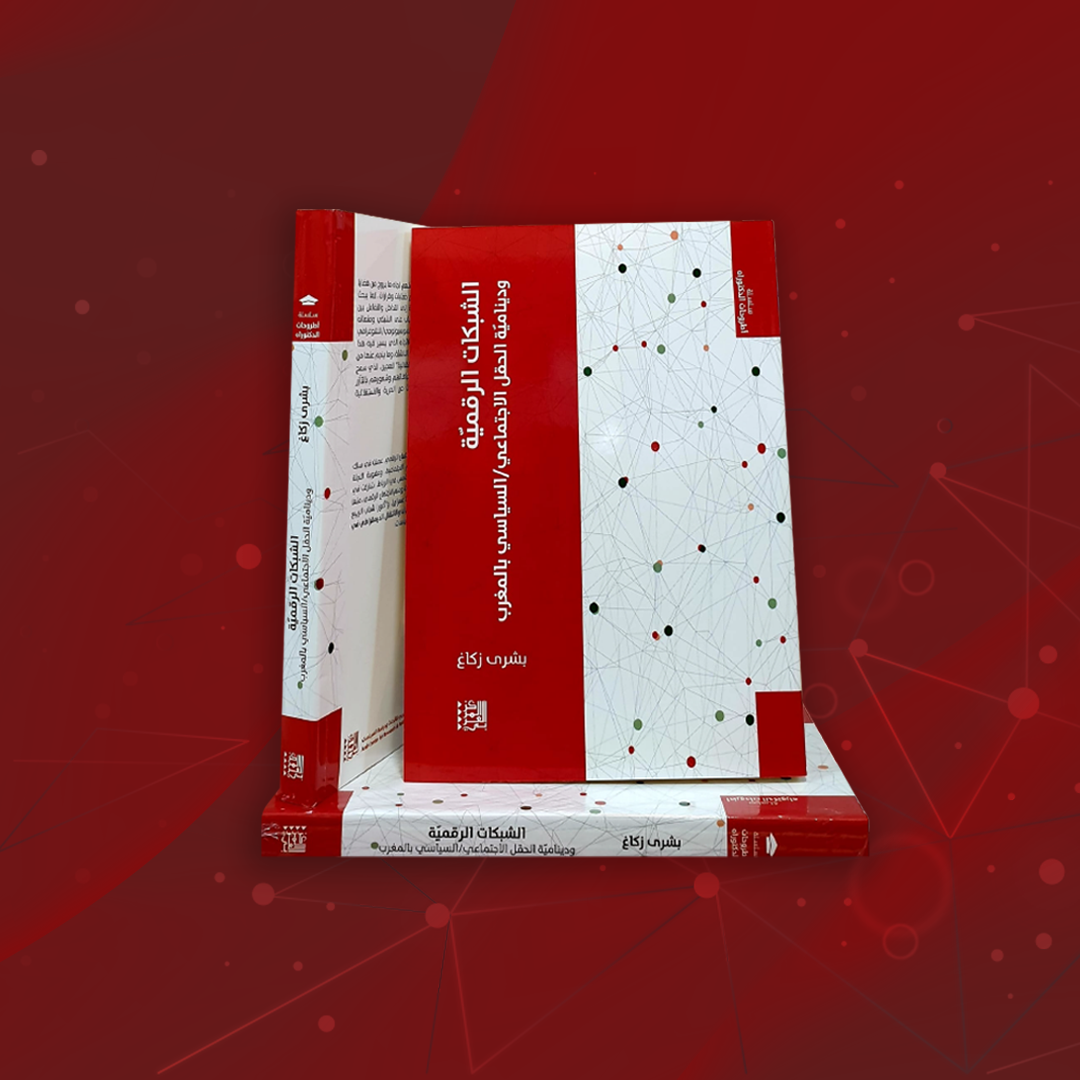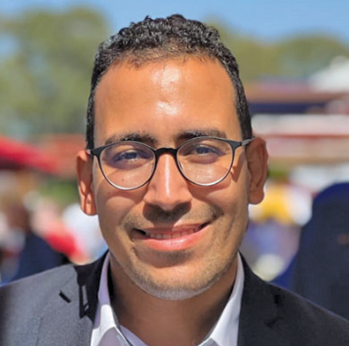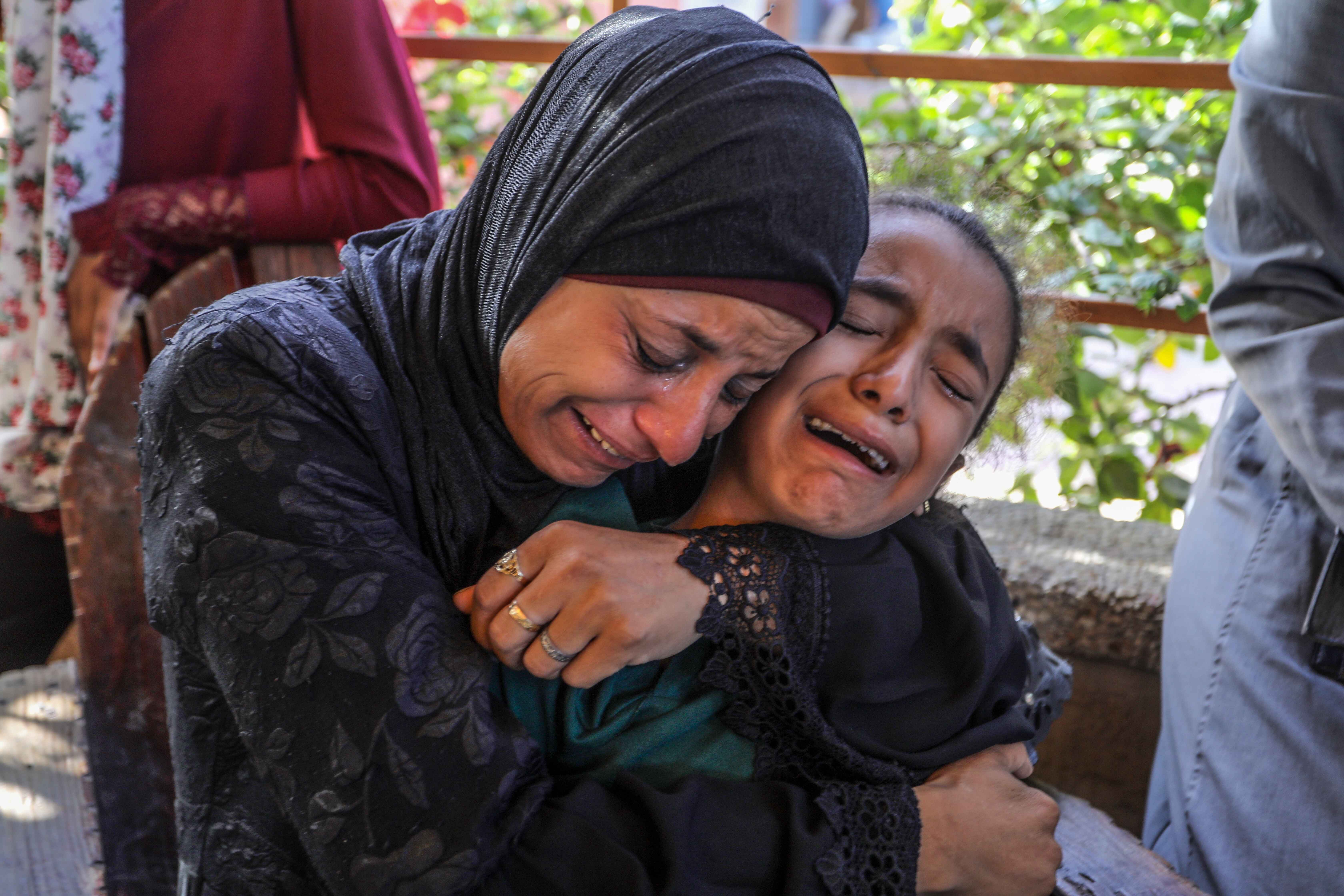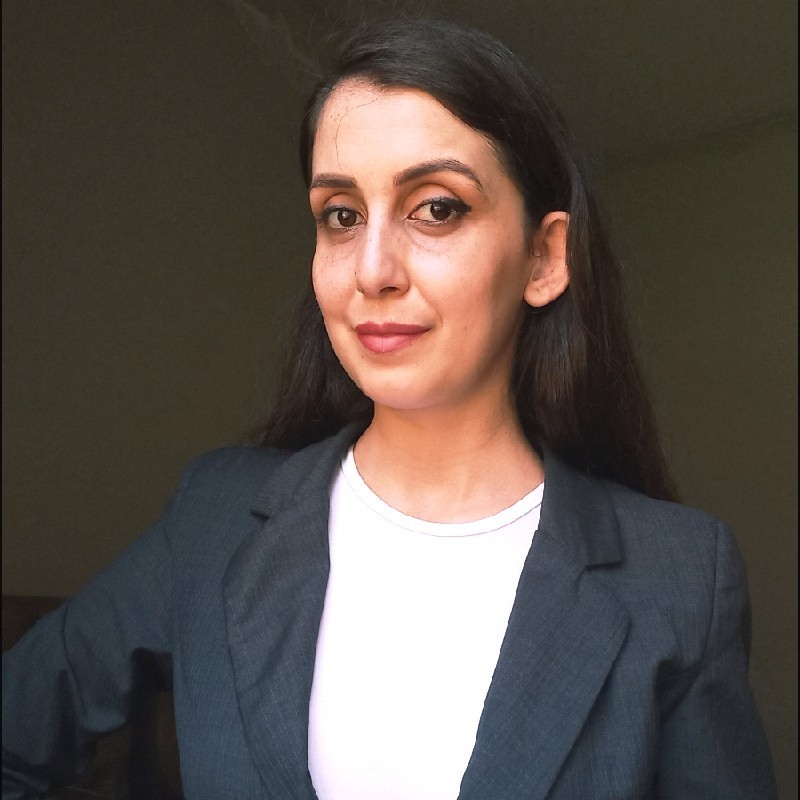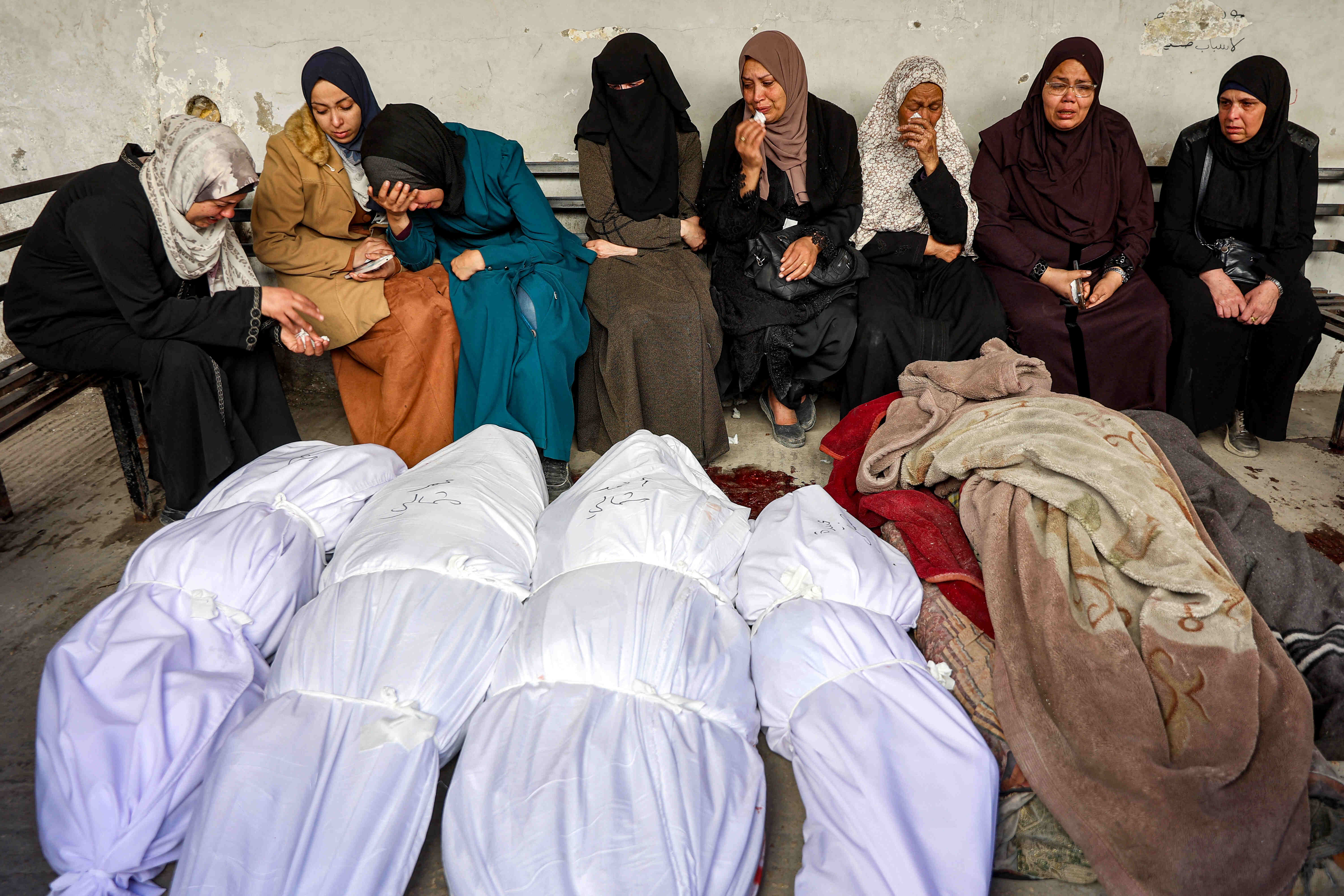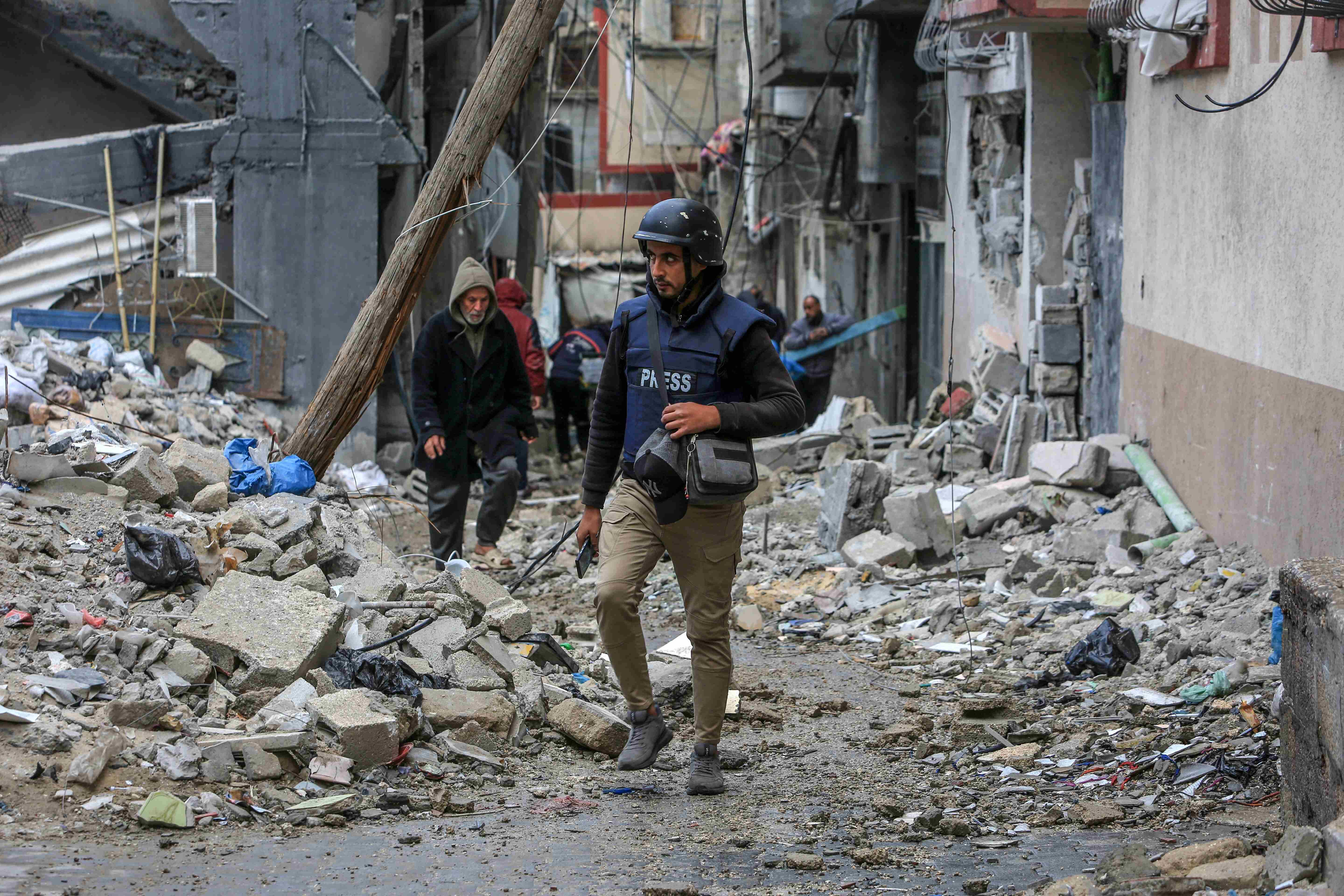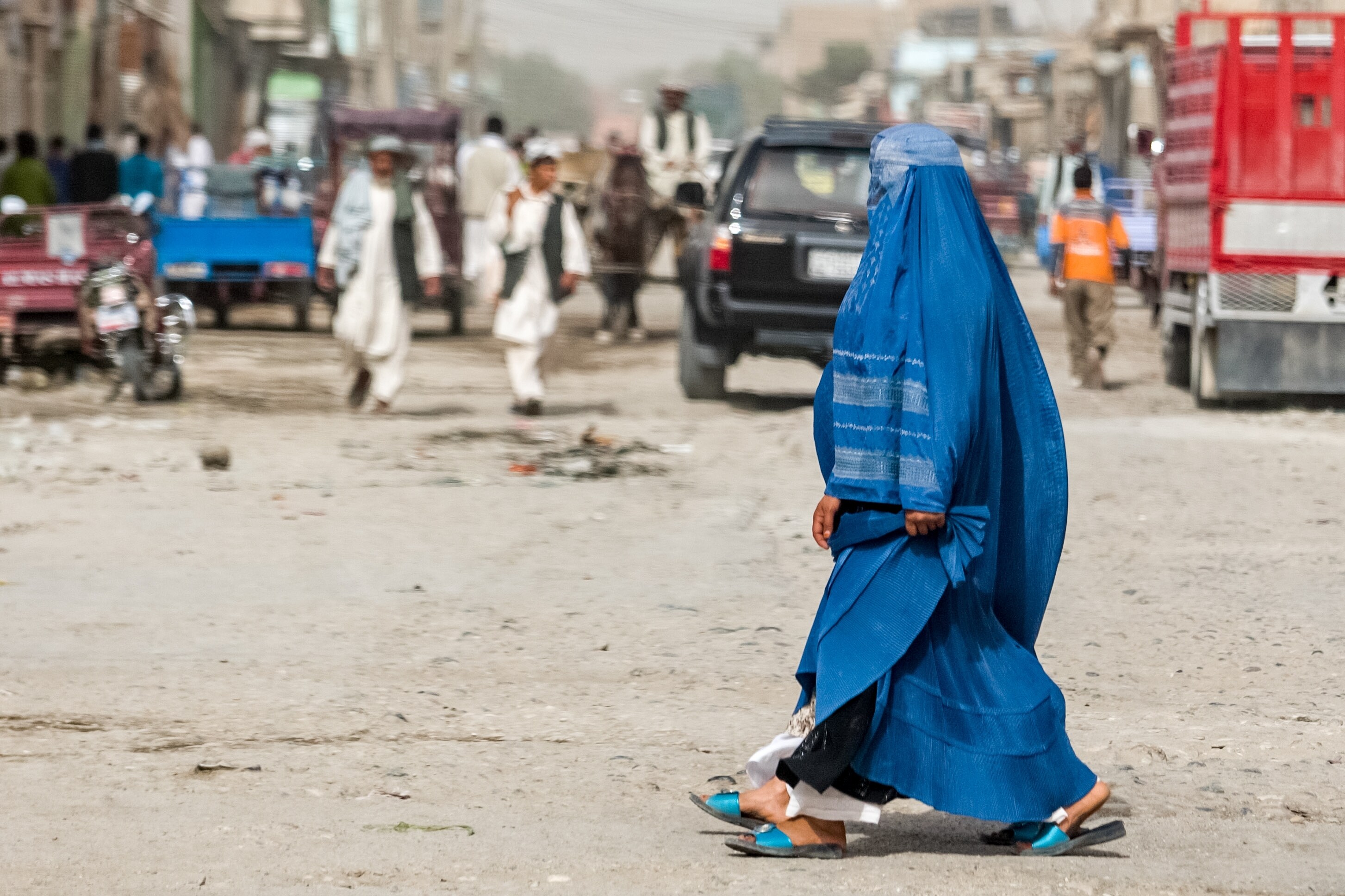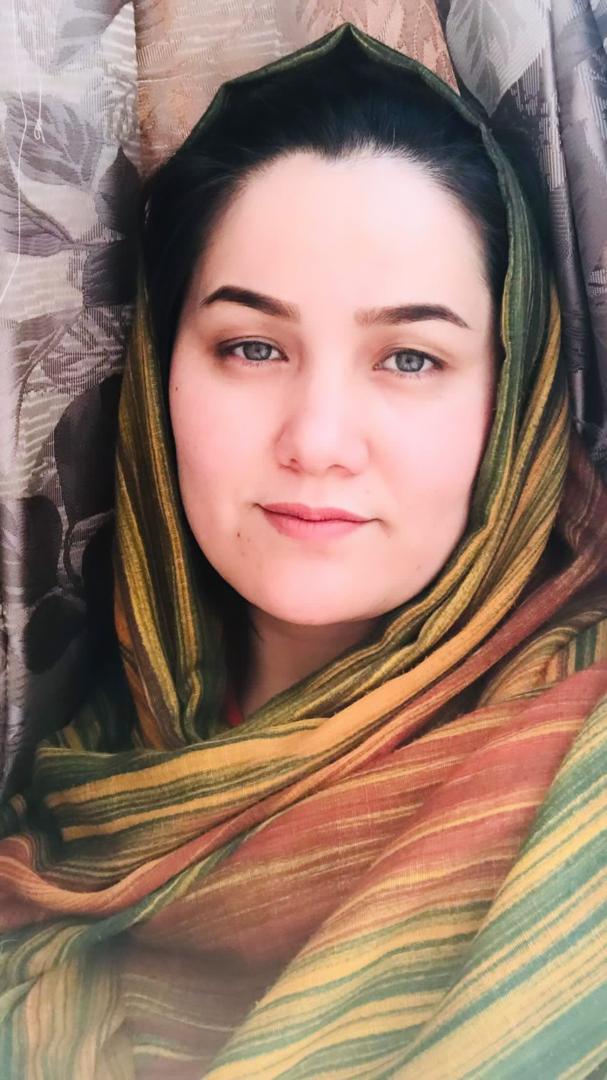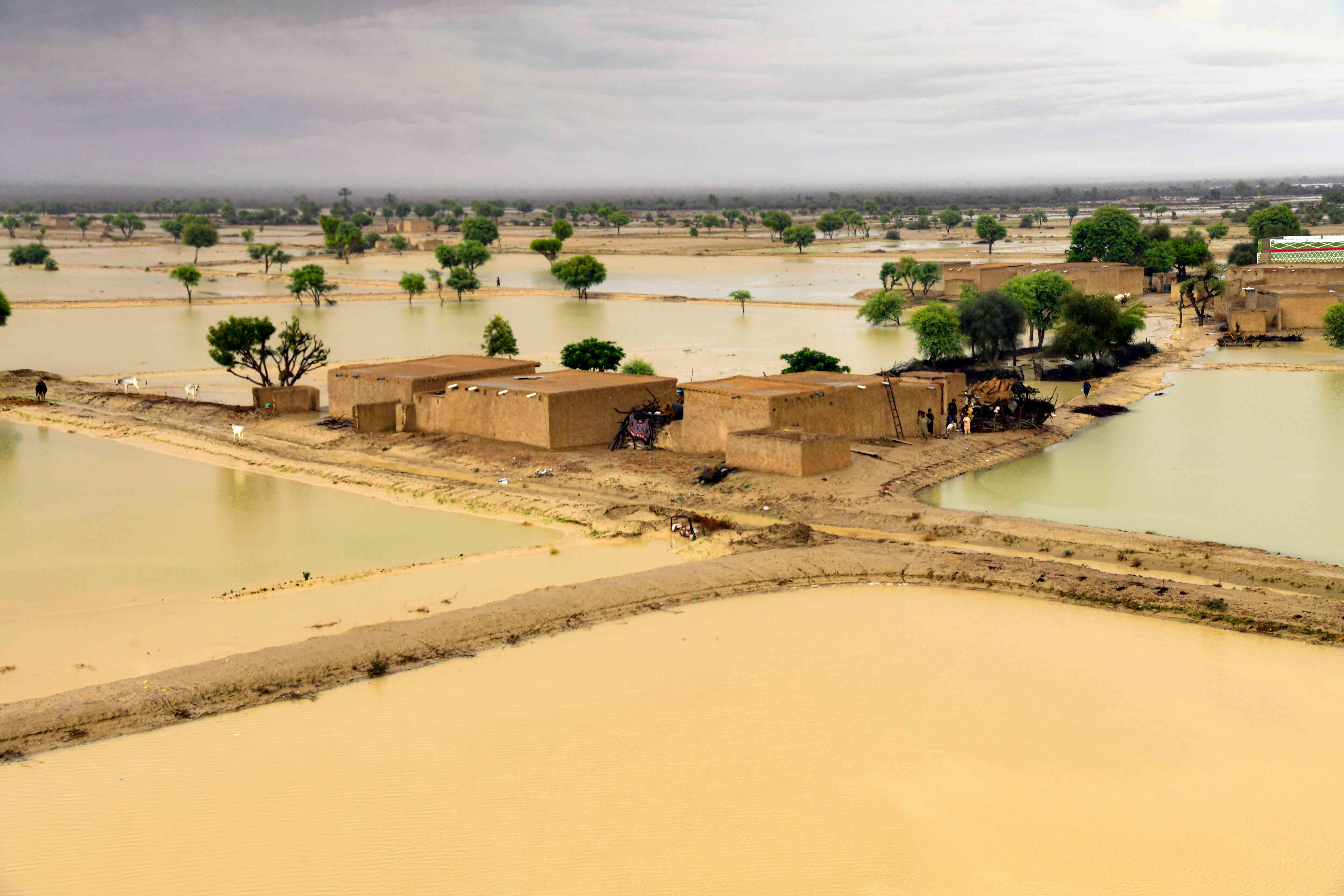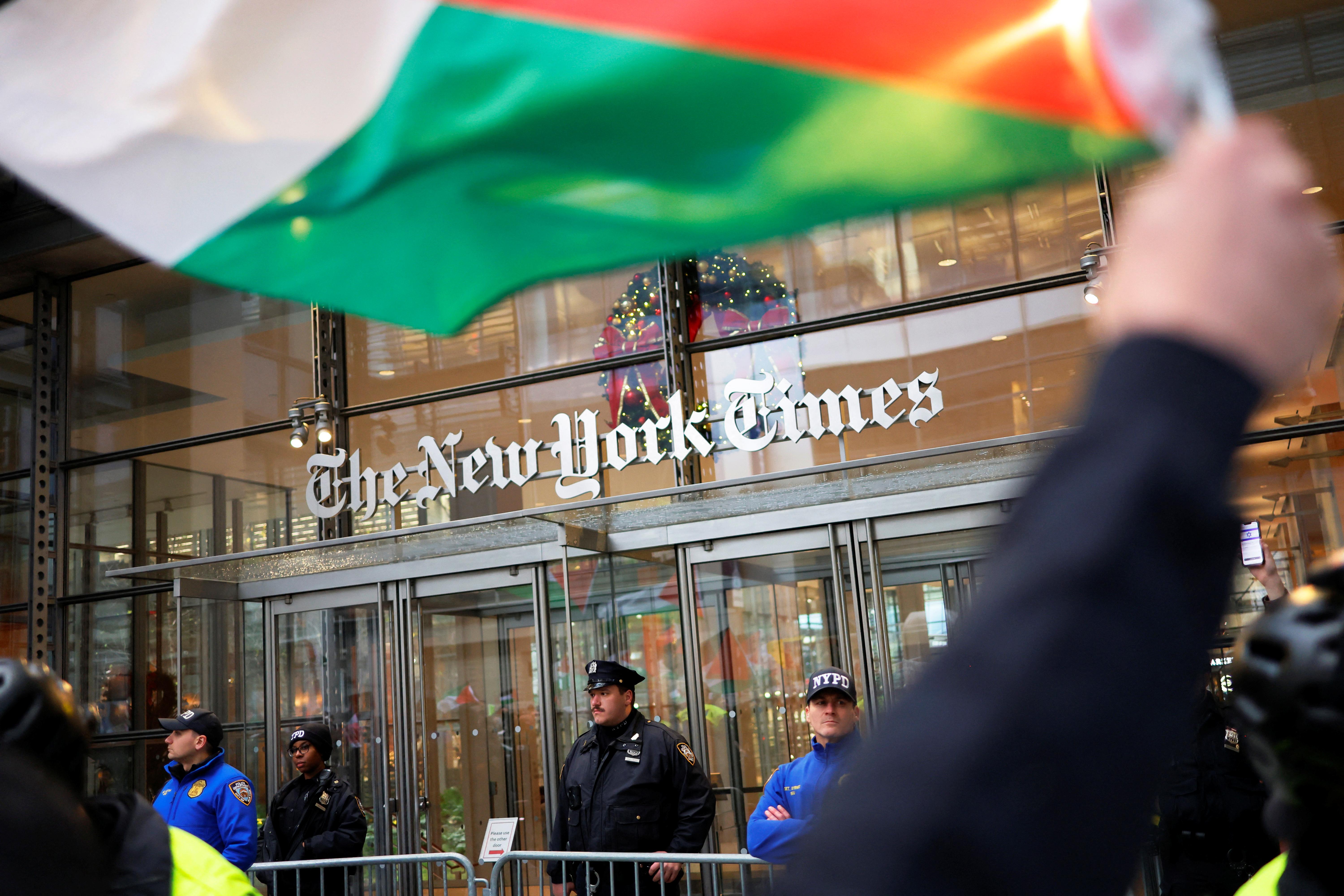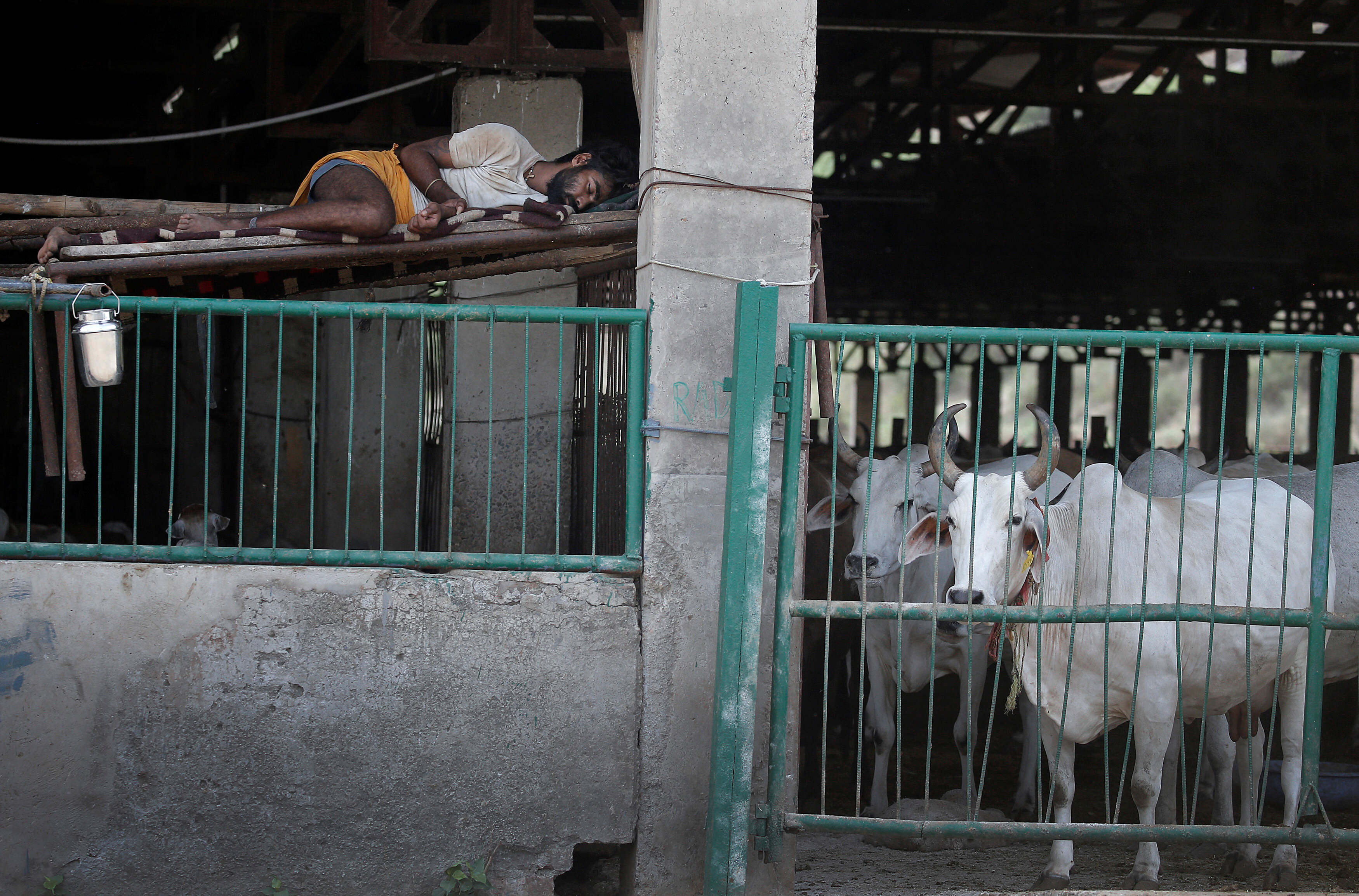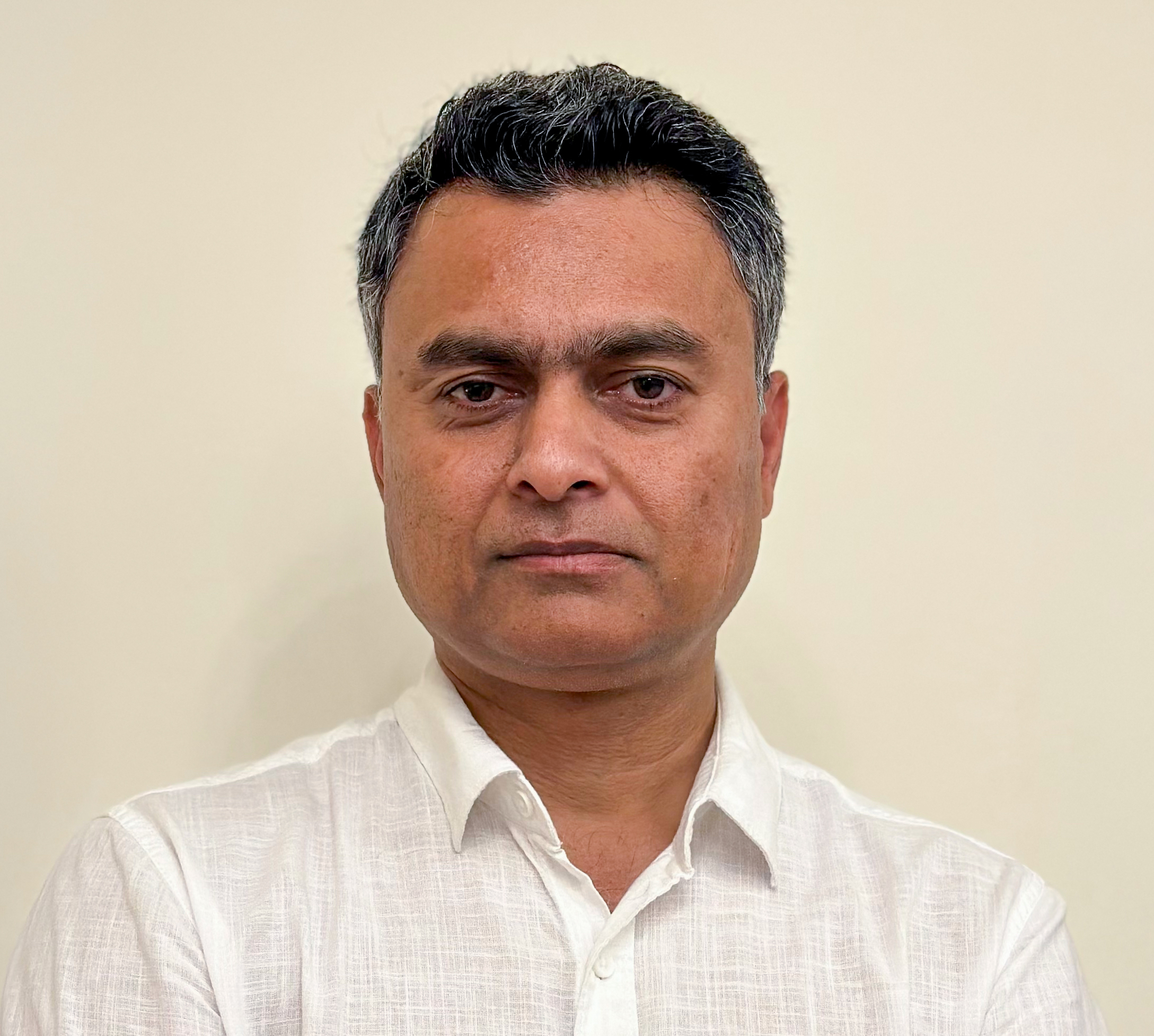تسعى الباحثة بشرى زكاغ (1) في كتابها "الشبكات الرقمية ودينامية الحقل السياسي/ الاجتماعي بالمغرب" (آب/ أغسطس 2023) الصادر عن المركز العربي للأبحاث ودراسة السياسات بقطر، في حدود 407 صفحات من الحجم المتوسط، إلى تسليط الضوء على الشبكات الرقمية بوصفها فضاءات جديدة للتعبير وصناعة الرأي العام، أو بالأحرى بوصفها إعلاما جديدا أصبح يستأثر بالحدث ويجادل في القضايا السياسية والاقتصادية والاجتماعية والثقافية. وتركز زكاغ على البحث في إشكالية الحدود بين الواقعي والافتراضي، علاوة على التداخل والتفاعل الحاصلين بين الفضاءين في المغرب والعالم، مع هيمنة الشباب على هذه الوسائط على عكس وسائل الإعلام التقليدية.
ينطلق الكتاب من أسئلة وإشكالات معقدة ومركبة، يتداخل فيها الواقعي بالافتراضي في بيئة صحفية مركبة، ولا سيما أن هذه الشبكات الجديدة خلّفت جيلا من الشبكيين، يصعب معه التعامل مع تكنولوجيا المعلومات بوصفها أدوات للتواصل والاتصال فقط، بل يظهر الواقع أنها تحولت إلى قوى بيئية وأنثروبولوجية واجتماعية مفسرة، تنشئ واقعنا الشخصي والاجتماعي، أو بالأحرى تبدع بيئة اجتماعية جديدة.
يرصد الكتاب الشبكات الرقمية باعتبارها فضاءات للتعبير والتفاعل وتشكُّل الهويات الرقمية وتأثير الدين والحركات الاحتجاجية على جيل الشبكيين؛ الذي نشأ في أسر تمتلك حواسيب شخصية، وفي بيئة منفتحة على تكنولوجيا الاتصالات.
ويسعى الكتاب إلى فهم أساليب فعل جيل الشبكيين تجاه قضايا الرأي بالمغرب والعالم العربي وردات فعلهم أيضا؛ إذ اعتمدت الباحثة المنهج الكمي والكيفي في دراسة الشبكات الرقمية والديناميات التي ولّدتها، معتمدة في ذلك على إجراء 35 مقابلة وتحليل 300 تدوينة وتغريدة للشباب المغربي المتفاعل عبر الوسائط الرقمية.
نحاول، إذًا، في هذه القراءة، عرض أهم ما جاء في الكتاب من أفكار وخلاصات ونتائج، ونراعي في هذا الجانب خصوصية المجلة أنها متخصصة في الصحافة وليس في علم الاجتماع، مع أن موضوع الكتاب يجمع بين الاثنين، مبرزِين هذا التداخل الحاصل بين الإعلام وعلم الاجتماع الرقمي.
بنية الكتاب
يتكون الكتاب من سبعة فصول؛ تعالج مختلف القضايا التي يفرضها سياق الموضوع؛ إذ اعتمدت الباحثة منهجا مبتكرا في تطرقها وتحليلها ومناقشتها للشبكات الرقمية، مزاوجة بين أدوات الدراسة الاستقصائية في الواقع الفيزيائي (المادي)، والدراسة الاستقصائية في الفضاء الشبكي الرقمي.
يتناول الفصل الأول المحددات النظرية والمفاهيمية بشأن مجتمع الشبكات الرقمية؛ وفيه ركزت الباحثة على المفاهيم الأساسية للدراسة من قبيل: إثنوغرافيا الإنترنت، والإنترنت وتكنولوجيا الاتصالات والمعلومات، والتواصل والاتصال، ومجتمع الشبكات والواقع الافتراضي وشبكات وفضاء التدفقات وفضاء الشبكات الرقمية، وجيل الشبكيين، ومجتمع الشبكيين؛ إذ عملت الباحثة في هذا الصدد على تبيان الفروق بين المفاهيم وإبراز الحدود بينها، مشيرة إلى أن البحث في هذا الموضوع يحفل بكثير من الغموض والسرعة والآنية في تبدل هذه الوسائط، وتشكل مصطلحات جديدة (ص. 29- 35).
يرصد الكتاب الشبكات الرقمية باعتبارها فضاءات للتعبير والتفاعل وتشكُّل الهويات الرقمية وتأثير الدين والحركات الاحتجاجية على جيل الشبكيين؛ الذي نشأ في أسر تمتلك حواسيب شخصية، وفي بيئة منفتحة على تكنولوجيا الاتصالات.
نحو علم الاجتماع الرقمي
حاولت الكاتبة في الفصل الثاني أن تسلط الضوء على سياق بروز فرع جديد في علم الاجتماع يدعى علم الاجتماع الرقمي، من خلال فحص آليات نشوء هذا الميدان البحثي، ومختلف التسميات التي رافقت توجهاته البحثية، منتقلين في ذلك من تطور مراحل النظرية السوسيولوجية بشأن أشكال التفاعل الاجتماعي، من مجتمع التواصل المباشر إلى مجتمع الاتصال ثم إلى مجتمع الشبكات (ص 50 – 66).
وأبرزت الكاتبة آفاق النظرية العلمية في علم الاجتماع الرقمي مشيرة إلى التقنيات الجديدة، من قبيل الاستبيان الرقمي والمقابلة على الخط والأدوات الإحصائية بوصفها آليات جديدة أضحى الباحث يستعملها لتحليل الظواهر التي لها صلة مباشرة بالشبكات الرقمية (ص 77- 81).
أبرزت الكاتبة آفاق النظرية العلمية في علم الاجتماع الرقمي مشيرة إلى التقنيات الجديدة، من قبيل الاستبيان الرقمي والمقابلة على الخط والأدوات الإحصائية بوصفها آليات جديدة أضحى الباحث يستعملها لتحليل الظواهر التي لها صلة مباشرة بالشبكات الرقمية.
حاولت الباحثة من خلال هذا الفصل المعنون بـ "مجتمع الشبكات الرقمية بالمغرب من الإثنوغرافيا إلى النتنوغرافيا"، الإجابة عن سؤال مركزي بشأن ماهية المجتمع الشبكي الذي تحاول بحثه وتحليله، باعتماد الرصد والملاحظة، ومن خلال المعايشة والحضور في مجتمع الشبكات، محاولة في ذلك فهم الثقافة الشبكية وكيفية تفاعلها مع المنطق الشبكي. (ص 85-89).
يرسم الفصل الرابع "إثنوغرافيا تشكُّل الهوية في مجتمع الشبكات الرقمية" من خلال الإجابة عن مجموعة من الأسئلة من قبيل: من أين يستمد الأفراد هويتهم؟ هل مصدر الهوية الرقمية شخصي أم علائقي؟ وما أهم العوامل المُسهِمة في تشكيل الهوية في سياق مجتمع الشبكات الرقمية؟ هل هي هوية طبيعية مستقرة أم إنها دينامية وشبكية ومفتوحة على تعدد الاختيارات؟ وهل هي هوية فردية مخصوصة أم إنها جمعية شبكية؟ (ص. 117).
خلصت الباحثة إلى أن قوة الفاعلين الشبكيين تمثلت في صيغ التعبئة والحشد والتنظيم والاحتجاجات التي أُبدِعَت خارج الأطر التقليدية، وإلى أن الديناميات التي تولدت عن استخدام الشباب أو المؤثرين لهذه المنصات الرقمية.
وخلصت الباحثة إلى أن هذا التعدد وطابع السيولة الذي رافق تمظهرات الهوية الافتراضية قد أفرزا هوية شبكية مائعة وذات دينامية متقلبة؛ إذ أصبحت الانتماءات انتماء، وتفكك المرجعيات الثقافية الكبرى، وانتفاء مركبي المكان والزمان بوصفهما معطيين محددين للهوية (ص 153 - 156).
يتناول الفصل الخامس الأشكال الجديدة للمشاركة السياسية عبر فضاء الشبكات الرقمية؛ إذ يتدخل الشباب بوصفهم فاعلين شبكيين موجودين في صلب دينامية الحقل الاجتماعي/ السياسي، وما يظهر فيه من تحولات وتغيرات، شملت السياسي والاحتجاجي والشبكي أيضا. (ص. 117 - 119).
تؤكد الباحثة في هذا الصدد أن الشباب أصبح له دور كبير في الشبكات الرقمية؛ إذ حسب الدراسة الاستقصائية التي أجرتها مؤسسة "راند" الأمريكية للدراسات الاستخبارية عن جيل الألفية في أمريكا والعالم، فإن "أفراد جيل الألفية" كان لهم دور "في تشكيل مناطقهم ومجتمعاتهم حيثما يقيمون، وكان أفراد الألفية من بين المشاركين في حركات الربيع العربي التي انتشرت عبر الشرق الأوسط في العام 2010"(2).
ومن اللافت للانتباه أن حضور الشباب العربي في الفضاء الشبكي يضاهي أقرانه في العالم؛ إذ "قفز استخدام الهواتف الجوالة من مستوى 26 في المئة عام 2005 إلى نحو 108 في المئة عام 2015، وهو أعلى من المعدل العالمي، وبالمثل قفز استخدام الإنترنت من 8 في المئة عام 2005 إلى 37 في المئة عام 2015، وهي نسبة أعلى من بقية العالم النامي والمعدل العالمي"(3).
بناء على ما تقدم، توصلت الباحثة في نهاية هذا الفصل، إلى أن قوة الفاعلين الشبكيين تمثلت في صيغ التعبئة والحشد والتنظيم والاحتجاجات التي أُبدِعَت خارج الأطر التقليدية، وإلى أن الديناميات التي تولدت عن استخدام الشباب أو المؤثرين لهذه المنصات الرقمية لم تكن حكرا على الفاعل الاجتماعي فقط، بل شملت التنظيمات السياسية مثل الوزارات والمؤسسات والأحزاب، التي رأت في الفضاء الشبكي إمكانية تمديد وجودها وزيادة حضورها عبر هذه الشبكات.
وأشارت إلى أن هذه الفضاءات الشبكية قد أسهمت في إرساء حياة سياسية أكثر مشاركة والتزاما واستجابة، ولا سيما البودكاست السياسي، بوصفه نموذجا للديمقراطية التشاركية التي يبنيها الصحفيون خاصة، والمواطنون عامة، عبر فضاء الشبكات الرقمية.
يبحث الفصل السادس في إشكالية تشابك الواقعي بالافتراضي، ومسارات التأثير في الرأي العام، في فضاء الشبكات الرقمية، بالانطلاق من مجموعة من الأسئلة: كيف يتشابك الواقعي بالافتراضي منتجا دينامية رقمية؟ كيف تمكن جيل الشبكيين من تقاسم نزعاتهم الفردية، إلى تقاسم غضبهم ونضالهم، مؤثرين في الرأي العام الوطني متدخلين في بنائه وتوجيهه؟ ولماذا أصبح جيل الشبكيين عبر حراك "مقاطعون" قادرا على صنع التغيير والتأثير في الحياة السياسية؟ وما الرسائل الرمزية القوية التي بعثها حراك "مقاطعون" في صوره الثلاث (4)؟
كذلك تطرقت للديناميات الشبكية التي أحدثها تشابك الواقع بالافتراضي، مبرزة أن مجتمع الشبكات ليس افتراضيا بحثا، بل يجمع علاقات وروابط وثيقة الصلة بين الشبكات الرقمية والشبكات في الحياة الاجتماعية الواقعية، مركزة على أن فضاء الاستقلالية الرقمية هجين مبني على الواقعي والافتراضي.
ولا يفوتنا هنا أن نذكر أن من الخلاصات التي توصلت إليها الباحثة في هذا المضمار، أن توظيف جيل الشبكيين لمواقع التواصل الاجتماعي جاء من أجل العودة للحياة السياسية والالتحام بقضاياها ومشكلاتها، على النحو الذي يجعلهم قوة ضاغطة على المسؤولين وصانعي السياسات والسلطات، وهو النهج نفسه الذي يسير عليه بعض الصحفيين تجاه قضايا بعينها، سواء تعلق الأمر بمحاربة الفساد أو غيره، إذ برز معه ما يسمى "الصحفي المناضل".
أصبح فضاء الشبكات الرقمية الذي تنتجه وتبنيه شبكة الإنترنت اليوم بمنزلة البنية الرئيسة للحوار والنقاش وتشكيل رأي عام وطني من أسفل، ولا سيما أن أغلب الناس يلجون هذه الفضاءات من أجل إسماع صوتهم والتعبير عن غضبهم، كما هو حال الصحفيين مع قضايا الرأي العام.
وبهذا المعنى، أصبح فضاء الشبكات الرقمية الذي تنتجه وتبنيه شبكة الإنترنت اليوم بمنزلة البنية الرئيسة للحوار والنقاش وتشكيل رأي عام وطني من أسفل، ولا سيما أن أغلب الناس يلجون هذه الفضاءات من أجل إسماع صوتهم والتعبير عن غضبهم، كما هو حال الصحفيين مع قضايا الرأي العام.
يناقش الفصل السابع الديناميات الناتجة عن الحضور في فضاء الشبكات الرقمية من صعود ديني وتشبيك تضامني وتفاوت اجتماعي، من خلال تحليل المضامين والمعاني التي يهبها الفاعل في هذه الفضاءات الرقمية (ص. 299 -300).
وخلصت الباحثة في هذا السياق إلى أن فضاء الاستقلالية، أو ما يمكن أن تسميه بالـ "بين– بين" الواقعي والافتراضي، ما يزال واقعا ضمن منطقة رمادية ودينامية غير قابلة للتشكل أو للتحديد النهائي؛ فمن الديني إلى التضامني، ومن الحضور والتفاعل إلى الاستبعاد والتفاوت (354-370).
استنتاجات
يتوصل الكتاب إلى أن فضاء الشبكات الرقمية في المغرب والعالم العربي ما يزال في طور التشكل، ولا سيما مع بروز ديناميات جديدة تمس الحقل الإعلامي، من تشكل الهويات الرقمية الفردية، وتحولها إلى هويات شبكية جمعية، وتأثير هذه الشبكات في صناعة الرأي العام وتوجيهه؛ لذا التجأت أغلب وسائل الإعلام التقليدية إلى الوسائط الرقمية الجديدة، في مجاراة الأحداث السياسية والتحولات المجتمعية، وما تتيحه هذه الفضاءات من تعبئة، وتحولها إلى فضاءات للحراك الشبكي.
المراجع
1) بشرى زكاغ، باحثة مغربية، حاصلة على شهادتي دكتوراه في علم الاجتماع الرقمي، عملت في سلك التدريس الجامعي، ولها مقالات ودراسات علمية في مجالي الإنترنت وعلم الاجتماع الرقمي.
2) كورتني ونبوم (وآخرون)، جيل الألفية: التداعيات على مجموعات الاستخبارات والسياسات (كاليفورنيا، سانتا مونيكا: مؤسسة راند، 2016)، ص 3.
3) تقرير التنمية الإنسانية العربية للعام 2016: الشباب في المنطقة العربية: آفاق التنمية الإنسانية في واقع متغير، ص 42.
4) نقصد حراك "مقاطعون" لمنتجات استهلاكية، "مقاطعون" لمهرجان موازين، "مقاطعون" لمهام التدريس في المغرب الذي بدأ على موقع فيسبوك.
